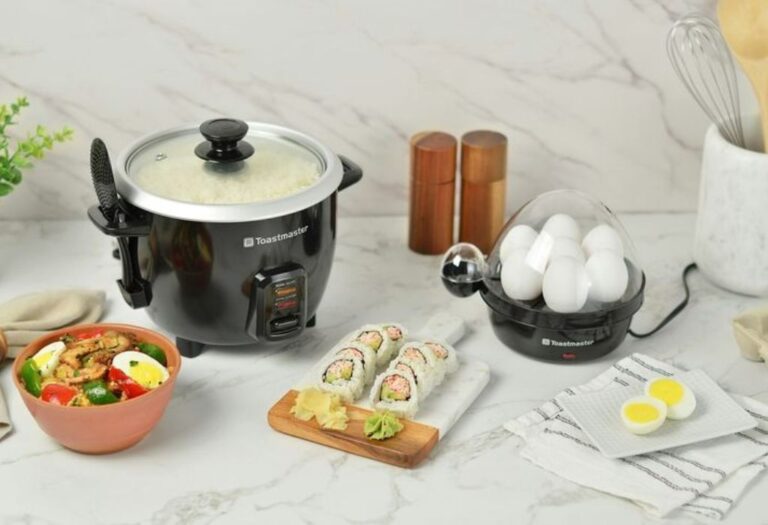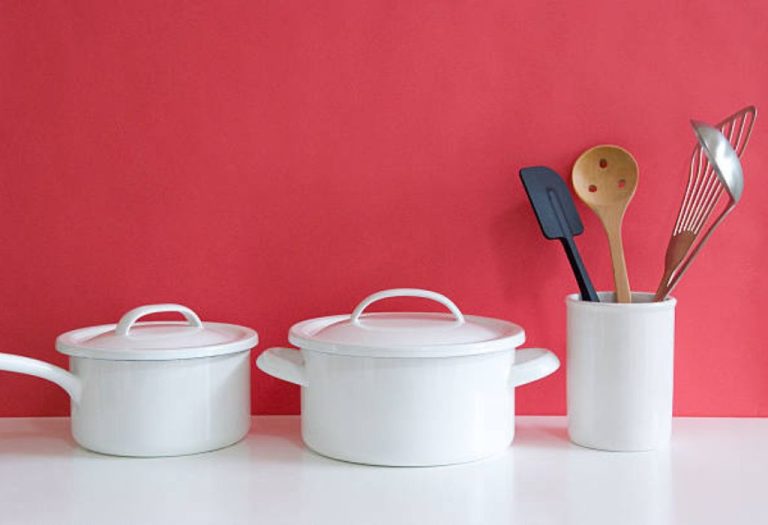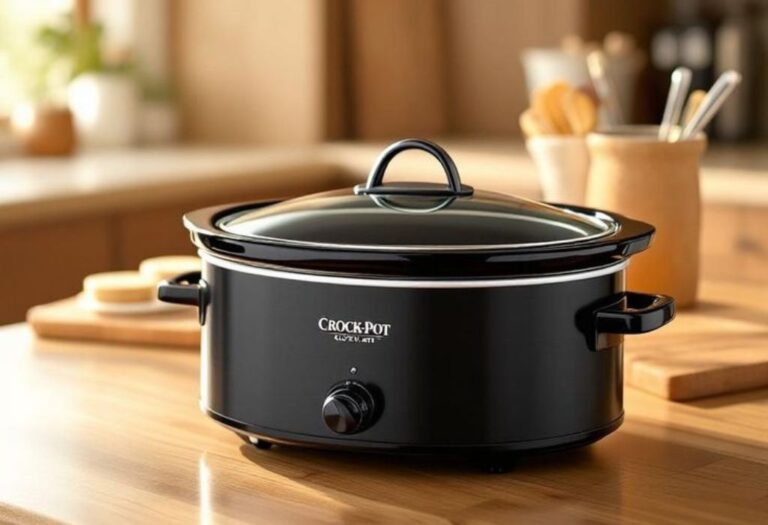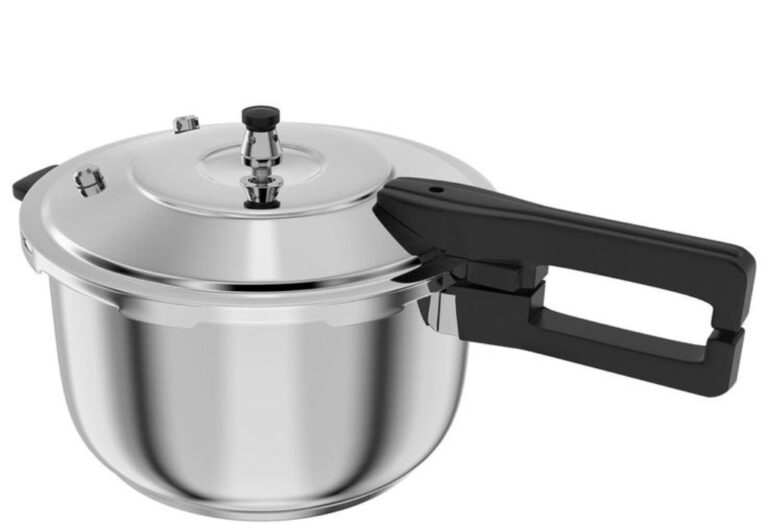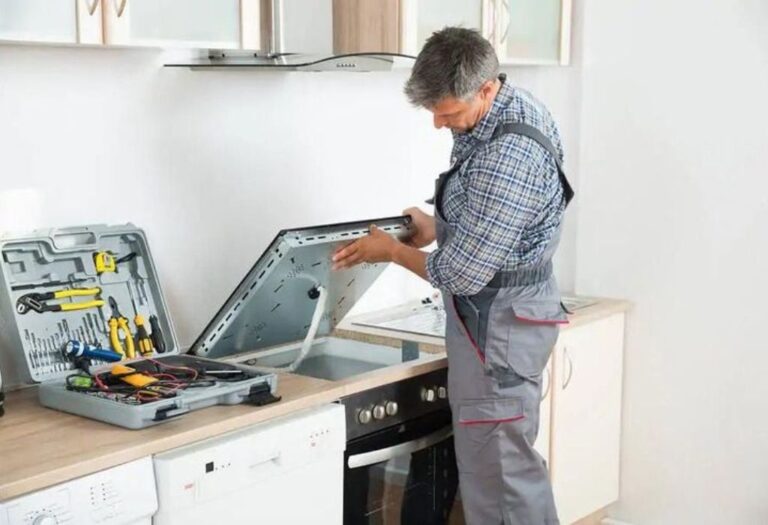The kitchen can be magical for children — full of smells, colors, and sounds that spark curiosity. But it is also where accidents happen most often.
In the United States, more than 67,000 children experience kitchen-related injuries every year, and nearly 43,000 of them are under the age of five (RoSPA).
The goal is not to keep children out, but to create an environment where exploration and safety coexist. With a mix of prevention, supervision, and smart preparation, the kitchen becomes a safe stage for learning, creativity, and family bonding.
1. Create a “Kid Zone” Away from Heat and Sharp Tools
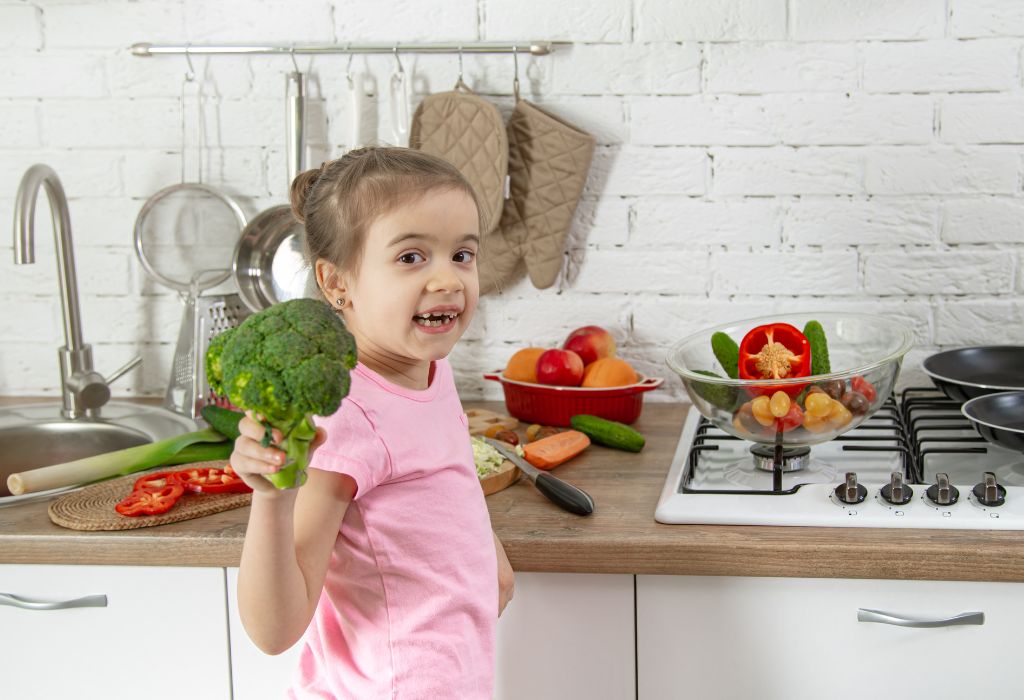
A dedicated space lets children be part of the cooking process without being near boiling water or sharp knives. Setting a three-foot safety boundary around the stove and oven drastically reduces burn risks. This is supported by child safety experts who note that most kitchen burn incidents occur within this range from heat sources.
Place a small table or counter space stocked with safe utensils, bowls, and kid-friendly ingredients in this zone. Here, children can mix batter, wash vegetables, or arrange toppings while staying clear of hazards.
2. Secure and Hide Dangerous Items
Cleaning products, sharp utensils, and heavy cookware should be stored high or locked away. Cabinet locks are inexpensive and effective, and just one layer of protection can prevent thousands of accidental poisonings each year.
According to the American Association of Poison Control Centers, over 300 children are treated daily for accidental poisoning in the U.S., many from household cleaning products. Storing these in high cabinets or using child-proof locks is a simple but life-saving habit.
3. Teach Safety Through Small, Age-Appropriate Tasks
Children learn by doing, and safe, guided tasks help them understand boundaries. Toddlers can rinse vegetables in a bowl of water, while older children can measure flour or stir cool ingredients.
Introducing safe tools, like plastic serrated knives or silicone utensils, lets them feel capable without the danger of sharp metal blades. By making safety a part of the activity, children begin to understand which tools are theirs and which require adult supervision.
4. Keep Floors and Surfaces Clear
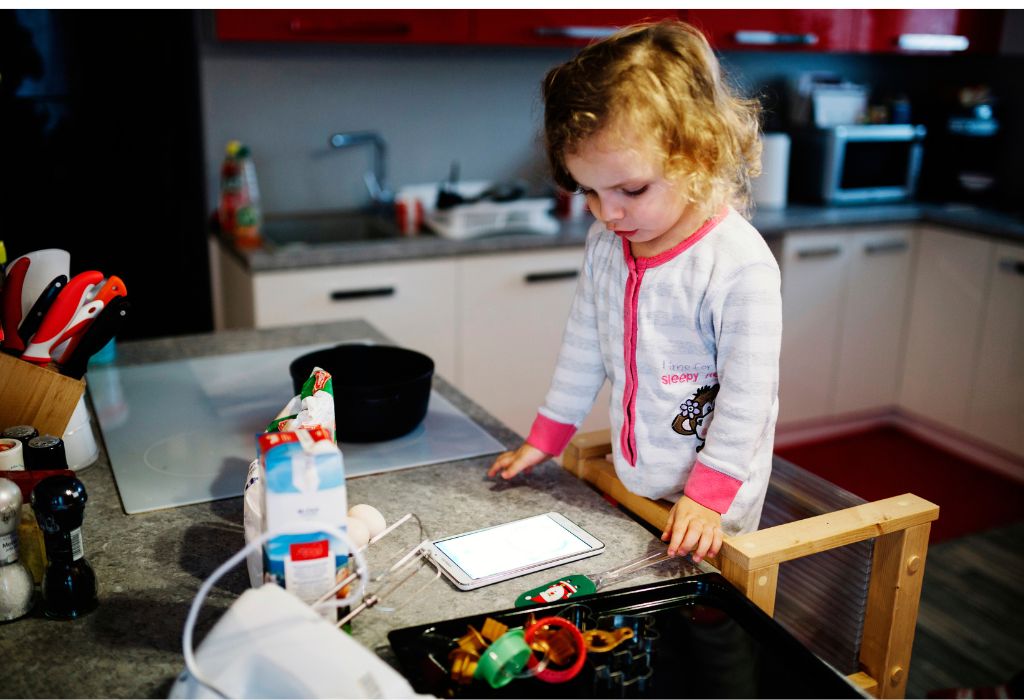
Slips, trips, and falls are common in busy kitchens. The CDC reports that falls are the leading cause of nonfatal injuries in children, accounting for millions of ER visits each year.
Wipe spills immediately, keep cords tucked away, and make sure children wear non-slip shoes or socks with grips. A clutter-free kitchen is not just cleaner — it’s safer for everyone.
5. Practice Fire and Heat Awareness Early
Cooking-related fires are the number one cause of home fires, and small children are especially at risk of burns from hot pans, ovens, and open flames. Even before children are allowed near a stove, they can learn what “hot” means through safe demonstrations, like touching a warm (not hot) mug or standing near a heat vent.
Always turn pot handles inward, use back burners when possible, and keep oven doors closed when preheating. Simple habits like these become second nature when practiced consistently.
6. Make Safety Fun
Children remember safety lessons better when they are playful. Turn rules into rhymes or games — for example, “Handles to the wall so they don’t fall” when turning pan handles inward.
You can even create a small “Junior Chef Safety Badge” program at home, awarding stickers or points when they follow rules correctly. This transforms safety into a positive, rewarding experience rather than a list of restrictions.
A Safer Kitchen, a Happier Childhood
Kitchens are full of opportunities for children to learn valuable life skills — measuring, timing, patience, and creativity. By applying thoughtful boundaries, using safe tools, and leading by example, families can protect their little chefs without taking away the joy of cooking.
With just a few changes, the kitchen transforms from a potential danger zone into a safe, shared space where memories and meals are made together.
I’m Emma J. Caldwell, the founder, lead writer, and home-cooking enthusiast behind KitchenGuideCo.com. With a background in culinary arts and over a decade of cooking experience in both professional and personal kitchens, I created this platform to demystify recipes, offer smart kitchen gadget reviews, and guide readers through meal prep with confidence and clarity.

